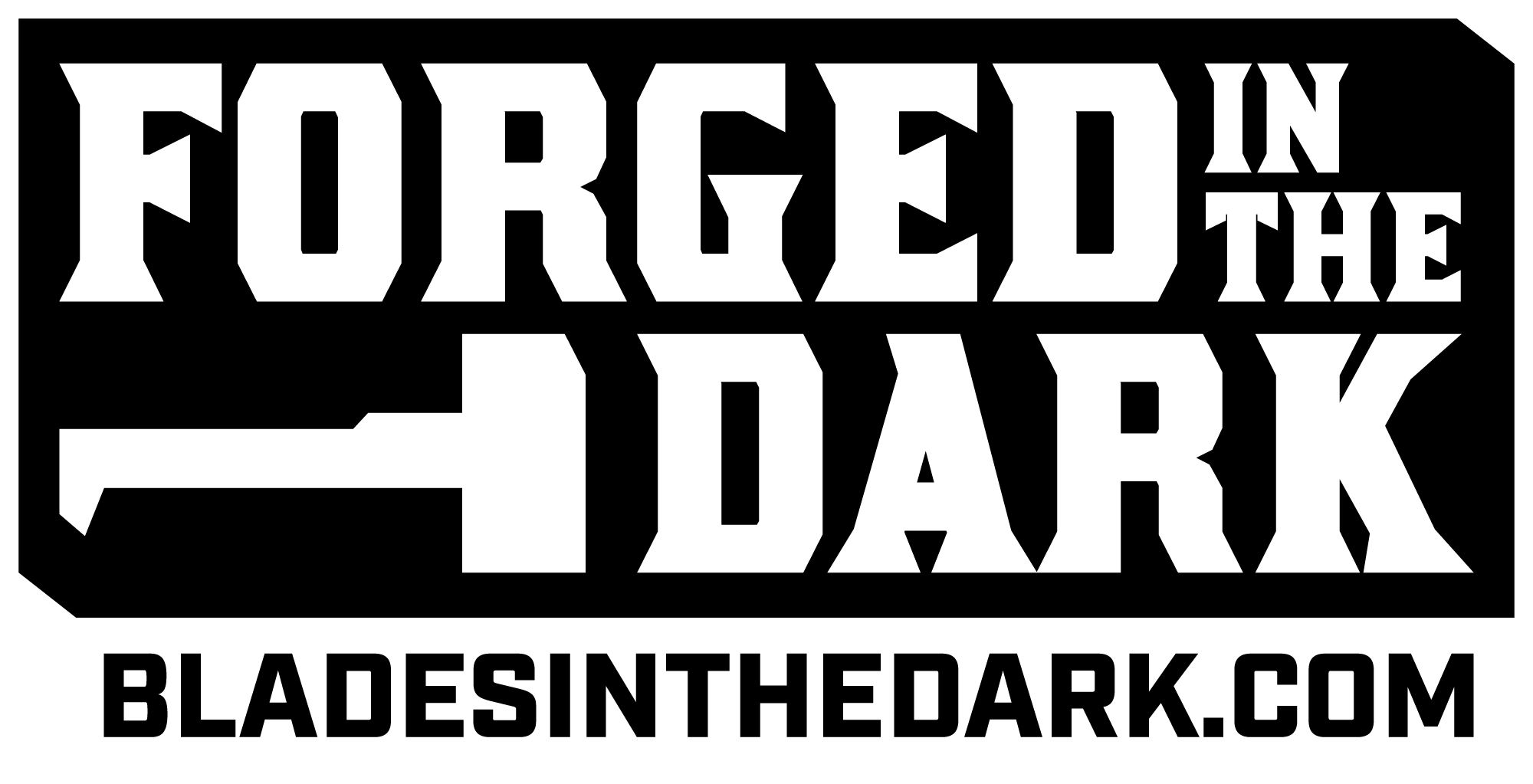Core Rules 
Judgment calls
When you play, you’ll make several key judgment calls. Everyone contributes, but either the players or the GM gets final say for each:
- Which actions are reasonable as a solution to a problem? Can this person be swayed? Must we get out the tools and tinker with this old rusty lock, or could it also be quietly finessed? The players have final say.
- How dangerous and how effective is a given action in this circumstance? How risky is this? Can this person be swayed very little or a whole lot? The GM has final say.
- Which consequences are inflicted as a result of a failure or partial success? Does this fall from the roof break your leg? Do the guards merely become suspicious or do they already have you trapped? The GM has final say.
- Does this situation call for a dice roll, and which one? Is your character in position to make an action roll or must they first make a resistance roll to gain initiative? The GM has final say.
- Which events in the story match the experience triggers for character and crew advancement? Did you express your character’s beliefs, drives, heritage, or background? You tell us. The players have final say.
![]()
Rolling the Dice
Buried Secrets uses six-sided dice. You roll several at once and read the single highest result.
- If the highest die is a 6, it’s a full success—things go well. If you roll more than one 6, it’s a critical success—you gain some additional advantage.
- If the highest die is a 4 or 5, that’s a partial success—you do what you were trying to do, but there are consequences: trouble, harm, reduced effect, etc.
- If the highest die is 1-3, it’s a bad outcome. Things go poorly. You probably don’t achieve your goal and you suffer complications, too.
If you ever need to roll but you have zero (or negative) dice, roll two dice and take the single lowest result. You can’t roll a critical when you have zero dice.
All the dice systems in the game are expressions of this basic format. When you’re first learning the game, you can always “collapse” back down to a simple roll to judge how things go. Look up the exact rule later when you have time.
To create a dice pool for a roll, you’ll use a trait (like your Finesse or your Prowess or your cohort’s Quality) and take dice equal to its rating. You’ll usually end up with one to four dice. Even one die is pretty good in this game—a 50% chance of success. The most common traits you’ll use are the action ratings of the player characters. A player might roll dice for their Skirmish action rating when they fight an enemy, for example.
There are four types of rolls that you’ll use most often in the game:
- Action roll. When a PC attempts an action that’s dangerous or troublesome, you make an action roll to find out how it goes. Action rolls and their effects and consequences drive most of the game.
- Downtime roll. When the PCs are at their leisure after a job, they can perform downtime activities in relative safety. You make downtime rolls to see how much they get done.
- Fortune roll. The GM can make a fortune roll to disclaim decision making and leave something up to chance. How loyal is an NPC? How quickly does the news spread? How much evidence is burned before you kick in the door?
- Resistance roll. A player can make a resistance roll when their character suffers a consequence they don’t like. The roll tells us how much stress their character suffers to reduce the severity of a consequence. When you resist that “Broken Leg” harm, you take some stress and now it’s only a “Sprained Ankle” instead.
The Game Structure
Buried Secrets has a structure to play, with four parts. By default, the game is in free play—characters talk to each other, they go places, they do things, they make rolls as needed.
When the group is ready, they choose a target for their next mission, then choose a type of plan to employ. This triggers the engagement roll (which establishes the situation as the mission starts) and then the game shifts into the mission phase.
During the mission, the PCs engage the target—they make rolls, overcome obstacles, call for flashbacks, and complete the mission (successfully or not). When the mission is finished, the game shifts into the downtime phase.
During the downtime phase, the GM engages the systems for payoff, heat, and entanglements, to determine all the fallout from the mission. Then the PCs each get their downtime activities, such as seeking out stability to remove stress or working on a long-term project. When all the downtime activities are complete, the game returns to free play and the cycle starts over again.
The phases are a conceptual model to help you organize the game. They’re not meant to be rigid structures that restrict your options (this is why they’re presented as amorphous blobs of ink without hard edges). Think of the phases as a menu of options to fit whatever it is you’re trying to accomplish in play. Each phase suits a different goal.
